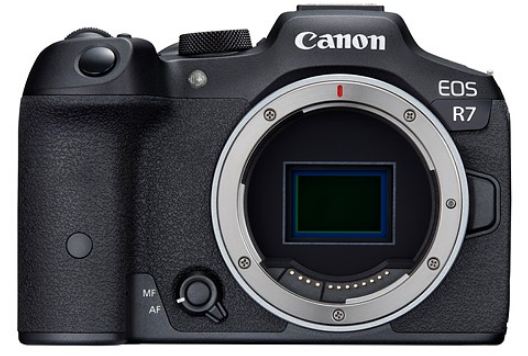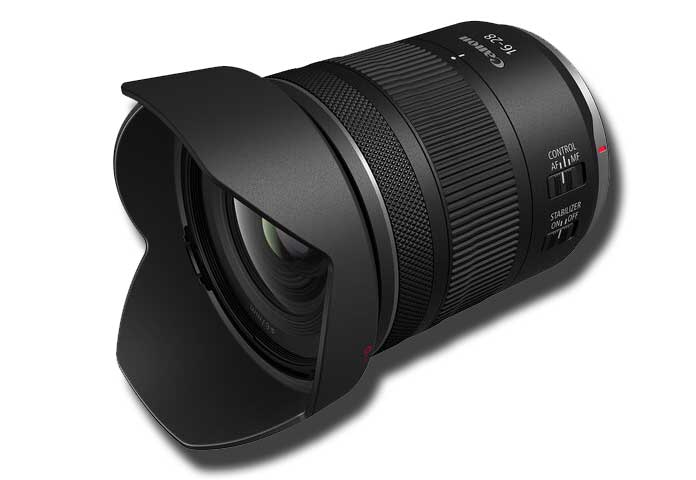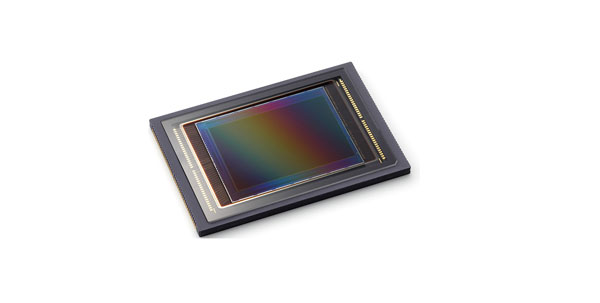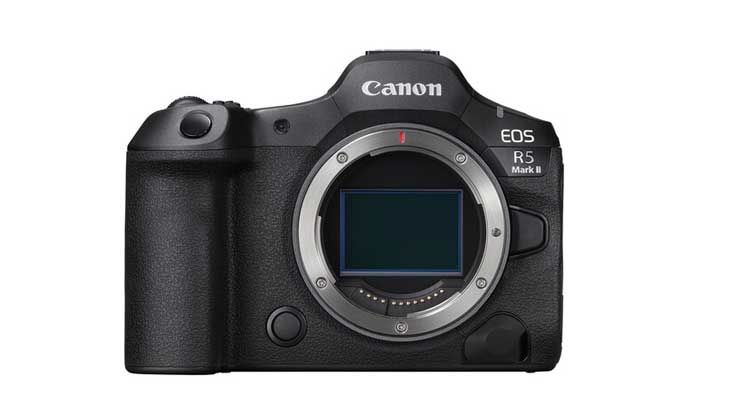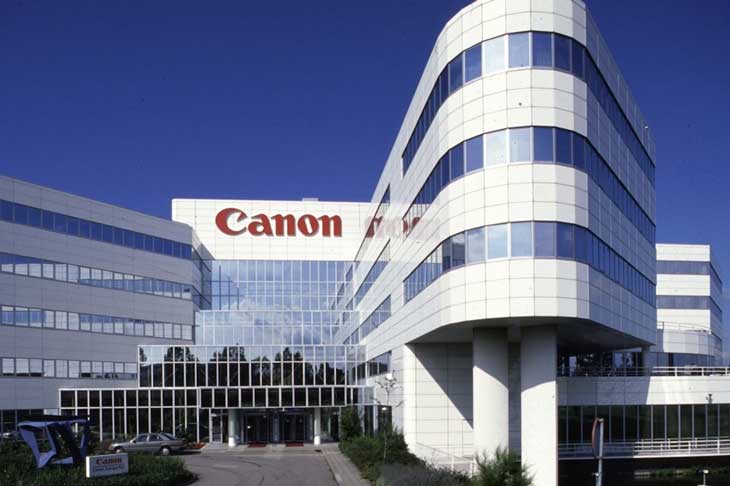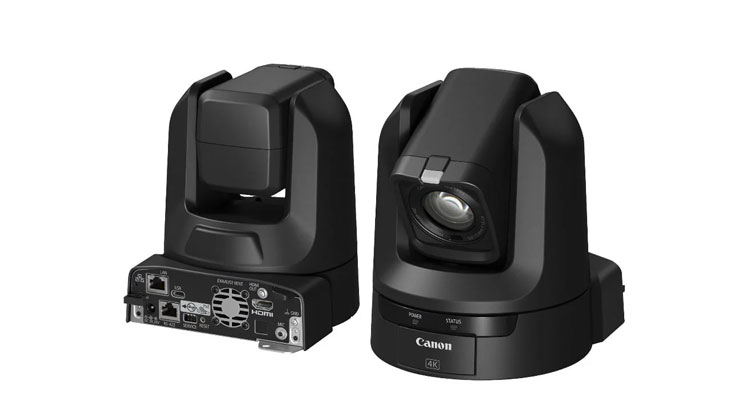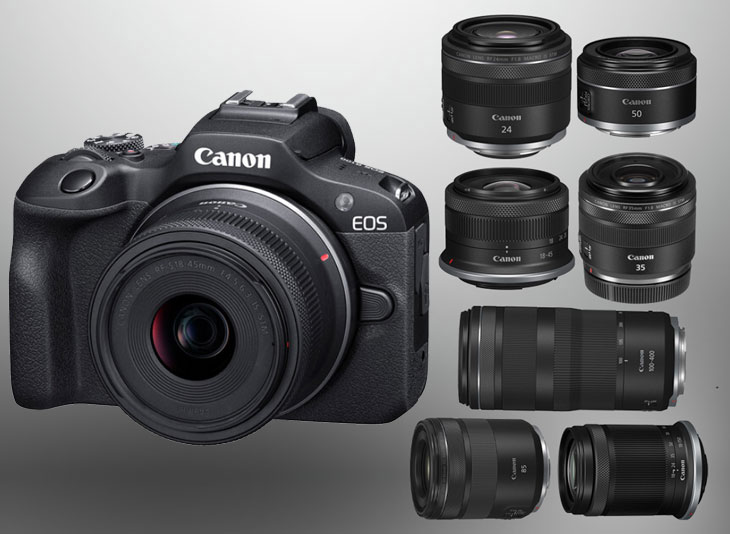
Let’s talk about the best lenses for the Canon EOS R100 camera. The Canon EOS R100 camera is the best budget entry-level camera available right now from Canon. The camera features a 24.1MP APS-C CMOS sensor and DIGIC 8 processor, so you will get great image quality from the camera. The Camera can record upto 4K video with crop and features a fixed display screen,
In this post, we have selected some of the best available lenses for the Canon EOS R100 camera. These lenses can be used for shooting portraits, wedding photography, fashion, sports, or even beginner wildlife photography.
Let’s have a look at the best set of lenses available for the Canon EOS R100 camera.
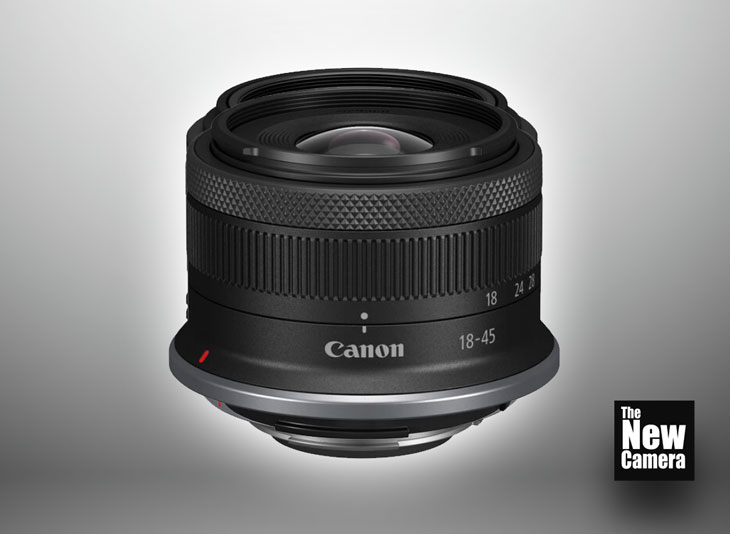
1. The most affordable zoom lens 18-45mm IS STM
The best budget lens or the most usable lens for your Canon EOS R100 camera is its native kit lens, the 18-45mm IS STM. The lens features a stepping drive motor and built-in optical image stabilization to help you achieve stable shots.
In general, the quality of kit lenses is not great, but the 18-45mm IS STM lens is not among those. The quality is very good and it can be used as a general-purpose lens by beginners while they are stepping into the world of digital camera photography.
With 18mm wide coverage, you can shoot some great landscapes, architecture, or friends gathering with this camera. At 45mm, which is near about or approximately 50mm, you can click some good portraits with decent background blur. It’s not a prime lens but you will get some amazing output with this lens if used properly.
The image stabilization function of this particular lens works very effectively and it corrects up to 4 stops of shake correction when paired with the Canon EOS R100 camera body. So even if you are shooting in low light environments, the lens will help you get sharp images inside your camera.
Finally, let’s talk about the Macro lenses performance, The lens uses a center focus macro function that helps you capture close-ups up to 0.26x magnification at 45mm. And the best macro capturing range is at 35mm when the lens allows you to have a magnification ratio of 0.59x which is somewhere near to Canon macro lenses.
Overall, the kit lens’ quality is very good for beginners and it is very useful. And if you want to have some upgrades now, we are recommending some of the best prime lenses paired up with some good zoom lenses.
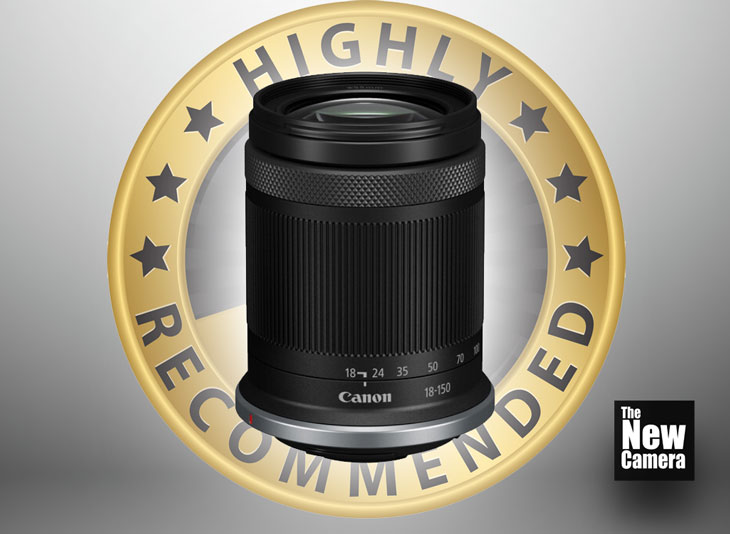
2. Canon RF 18-150mm Lens
Canon recently announced the 8.3x APS-C zoom Lens for the Canon R100, which packs a useful 29-240mm (35mm equivalent) focal length range. It’s ideal for travel, wedding photography, landscapes, garden wildlife, and sports.
If you are looking for an all-rounder long focal length zoom lens for your Canon camera, the best option is the Canon RF-S 18-150mm F3.5-6.3 IS STM lens. The lens gives you an awesome range of 8.3x optical zoom, starting with a wider coverage of 18mm. If you are a beginner wedding photographer or travel shooter, or even a wildlife photographer, this lens will be a highly versatile lens for your photography and videography needs.
The lens features a stepping drive STM motor that focuses fast, with full-time accuracy and silence 1. The lens features optical image stabilization up to 4.5 stops so it helps you capture stable shots even when you are using the lens at 150mm at slower shutter speeds.
This is the only best all-in-one lens option available right now in Canon RF-S mount for its APS-C mirrorless cameras so we highly recommend that if you want an all-in-one zoom lens, the Canon RF-S 18-150mm IS STM lens is highly recommended.
Check the Latest Deals available on 18-150mm Lens (B&H Store and Amazon.com)
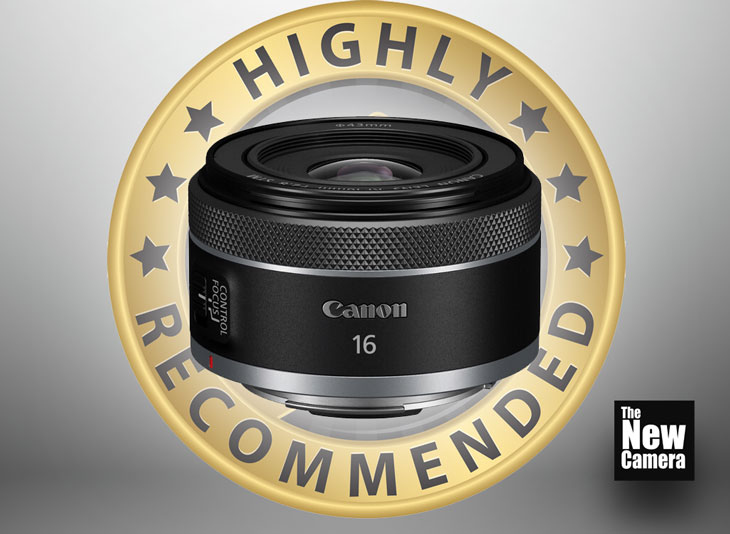
3. Canon RF 16mm f/2.8 STM Lens
The Canon RF 16mm f/2.8 lens is the best Canon lens available right now if you want to have ultra-wide prime coverage. The lens is highly recommended for architecture, landscape, and indoor photography.
With its bright aperture of f/2.8, it allows you to capture clear images even in low light. With the 16mm focal length, corner sharpness is never an issue – from center to corner the lens is very sharp. The chromatic aberration and lens distortion are also very well controlled.
This lens features a fast and silent autofocus system, making it a perfect companion when you want to shoot high-quality family group photographs or friends gathering at night, under low light environments. This lens helps you a lot to capture well-lit images even in uncontrolled light environments.
Check Discount on Canon RF 16mm F2.8 Lens at B&H Store and Amazon.com
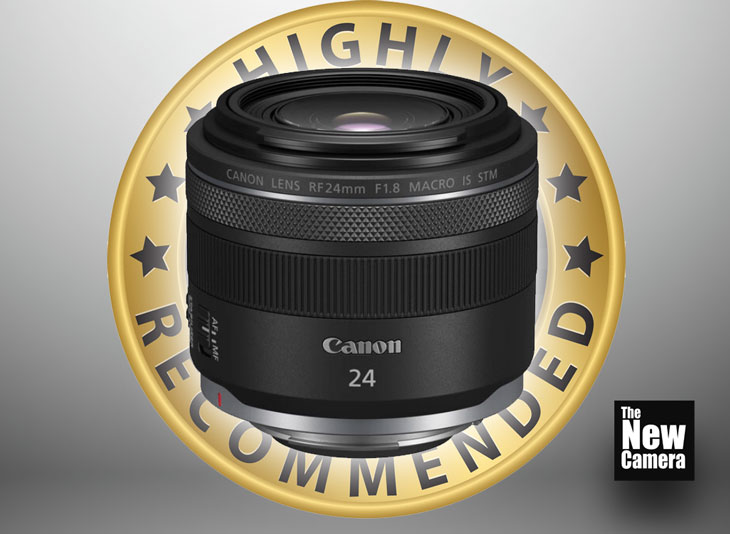
4. Canon RF 24mm F1.8 Macro IS STM Lens
I would say the 24mm F1.8 Macro STM lens is the most usable prime lens for a photographer with an APS-C Sensor-based and 24 X 1.5 = 36mm, so it’s the classic focal length that a photographer must have for street photography and yes you can also capture excellent environmental portraits too, for a body like Canon R100. The Lens is also an ideal for landscape and street photography. This 24mm lens can be used for shooting family and friends’ portraits in a home in a low-light environment. Also perfect for capturing macro images due to its 1:2 magnification ratio and close-up shooting distance of 5.5 inches.
Perfect lens for YouTubers: You can also use this lens for your office and room vlogs, perfect for food photography or vlogs with this lens. You have to just maintain 3 to 5 feet distance from your camera/rest your camera on a tripod, make a 3 to 5 feet distance from the camera and start making your online content with excellent sharpness and creamy bokeh in the background.
The 24mm Lens also features OIS (Optical image stabilization), for the first time I have seen Canon giving us OIS features in Prime lenses like 24mm. The OIS is effective up to 5 stops, or 6.5 stops with coordinated IS, to better enable working handheld in low-light conditions and with slower shutter speeds. Whether you are creating videos with the lens or shooting still images the OIS help all the time.
Check the Latest DEALS available on RF 24mm Lens at (B&H Store and Amazon.com). It’s one-time investment, that it’s a fullframe lens and will remain compatible with your camera even if you upgrade your camera to full frame. And despite being a 24mm Prime lens, the lens also features OIS and macro Capability, none of such features are available even in competitors’ lenses.
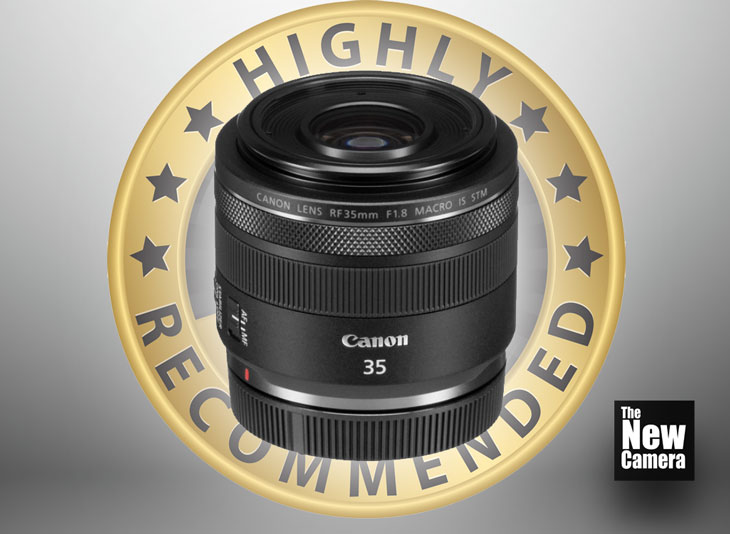
5. Canon RF 35mm F1.8 Macro IS STM
Perfect for professional-quality portraits with a Canon R100 camera, the best lens for wedding portrait photography with the Canon R100. The Canon RF 35mm F1.8 when paired with Canon R100 gives you an equivalent focal length of 50mm Lens in full-frame format. So it actually will act as a 50mm F1.8 with optical image stabilization and macro capability.
The size of this lens is slightly larger than the 24mm F1.8, It measures 74.4 x 62.8 mm and weighs 305g. However, this is still relatively light and compact. The lens pairs very comfortably with the canon R100 camera and has a sleek look and feel. There is a focus switch on the side of the lens, the lens does support full-time manual focus. That is, you can manually focus the lens by adjusting the focus ring even when the camera is set to autofocus.
The 35mm Lens allows you to set the MAX aperture to F1.8, which enables the lens to capture amazing low-light images in any conditions and generate pleasant, creamy bokeh-filled backgrounds. The lens features Super Spectra coating that has been applied to individual elements to reduce the ghosting and flare for greater contrast and color neutrality when working in strong lighting conditions.
Check out the Latest Deals on Canon RF 35mm Lens (Amazon.com | B&H Store), As we all know its a Fullframe future proof lens and features Macro capability as well as optical image stabilization. We highly recommend this lens for the Canon R100 camera.

6. Canon RF 50mm F1.8 STM Lens
If you are into portrait photography and talking head videos in large hall, and looking for an affordable option the Canon RF50mm F1.8 Lens is best for you. The RF 50mm lens is equivalent to 85mm when paired with a Crop sensor camera like Canon R100.
The telephoto prime lens measures 69 x 40 mm and weighs 160 g. This makes it the lightest lens on our list, , balancing well with the weight of the camera. To suppresses spherical aberrations Canon has introduced One precision-molded (PMo) aspherical element inside this lens, it also upscaled the sharpness and accurate subject rendering.
The overall image quality is fantastic. You’ll love how easy it is to snap incredibly sharp, beautiful photos using this lens, and your subjects will love it even more. Although the lens has a limited Macro capability of 50cm, so if you want a better macro performing lens you have to buy the other two primes (24mm and 35mm) mentioned above in the list.
With a price tag of $199 (B&H Store | amazon.com) Canon RF 50mm, F1.8 STM Lens is the most affordable prime lens in RF lineup. The reason behind that is the lens doesn’t have the OIS like the other prime lenses as well as macro capability.
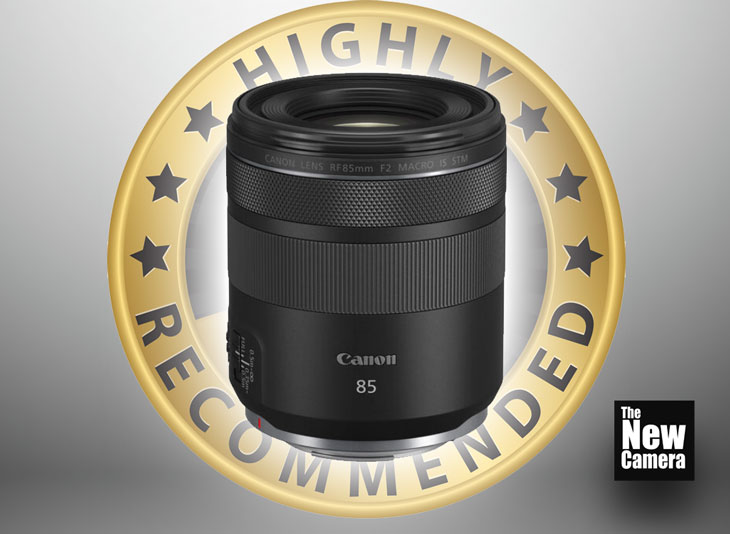
7. Canon 85mm F2 IS STM Macro
Canon 85mm F2 Macro Lens features optical image stabilization as well as a stepping drive motor. The equivalent focal length of 85mm lens on the Canon R100 body will be 136mm. It reminds me of the popular 135mm F2 portrait Lens Lens. The lens can be used effectively when you want to capture outdoor portraits like professional use to do with a 135mm portrait lens over a full-frame camera, 85mm (136mm on R100) will allow you to work from a distance and also Optical Image stabilization within. So, you can also take some amazing macro shots or portraits of models handheld.
The telephoto prime lens measures 78 x 90.5 mm and weighs 500 g. This makes it the largest and the heaviest lens on our list, Configurable Control Ring can be used to adjust a variety of exposure settings, including aperture, ISO, and exposure compensation. The rounded nine-blade diaphragm contributes to a pleasing bokeh quality.
The lens creates creamy bokeh at F2 and is perfect for portraits, I have used this lens with a Canon R5 camera and at F3.5 to 5.6 the lens produces razor-sharp images with an exceptional amount of details resolved through the sensor. With its macro capability, the lens is able to do 1:2 maximum magnification along with a minimum focusing distance of 1.15. And the Configurable Control Ring on this lens can be used to adjust a variety of exposure settings, including aperture, ISO, and exposure compensation.
Check Latest Deals on the 85mm F2 Lens (B&H Store | amazon.com) Although with Optical image stabilization, Macro capability, a Steeping drive motor, and a rounded nine-blade diaphragm this lens the perfect choice for professional photographers.

8. Canon RF 100-400mm f/5.6-8 USM
The BEST BUDGET ZOOM Lens canon ever made, if you planning to buy a zoom lens for your Canon R100 camera, without a doubt the Canon R 100-400mm is one of the most reasonable price lens I have ever seen in any brand, so just go and but it.
With prime lenses, if you want to have an optical crop you have to physically move toward your subject. This isn’t always possible depending on what or where you’re shooting. So, we have lenses like the 100-400mm (equivalent focal length 160mm – 640mm).
The resolving power of this lens is just amazing even when paired with the Canon R5 camera, lens features Max magnification up to .41X @ 400mm. So, it’s worthwhile to say the lens also has macro capability. To reduce the chromatic aberrations and color fringing throughout the zoom range the lens has One Ultra-Low Dispersion element. The lens features a built-in optical image stabilization system effective up to 4 stops.
Check deals on online stores (B&H Store | Amazon.com) and get this lens, It may look pricy to you. But the sharpness, OIS, Bokeh, and AF performance are highly impressive. Equivalent to equivalent focal length 160mm – 640mm when used with APS-C body and 100-400 when used with Fullframe.
